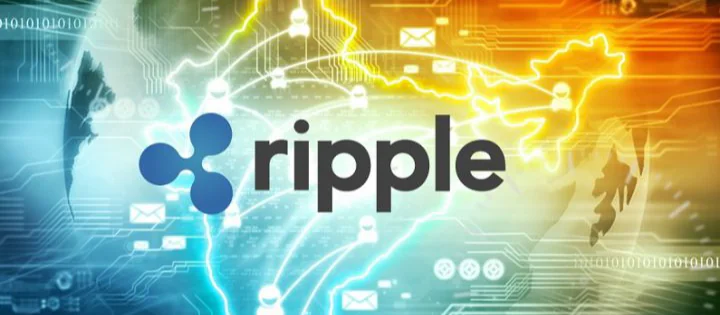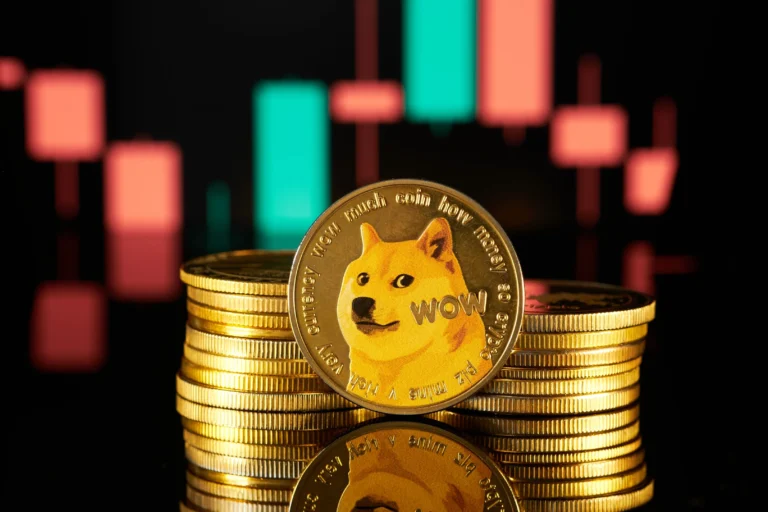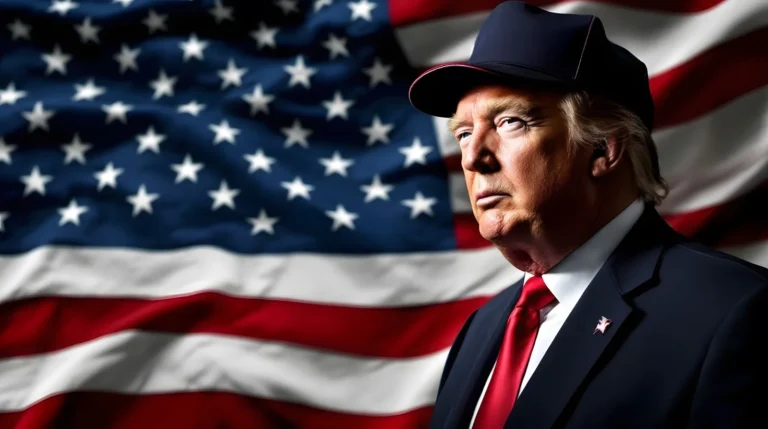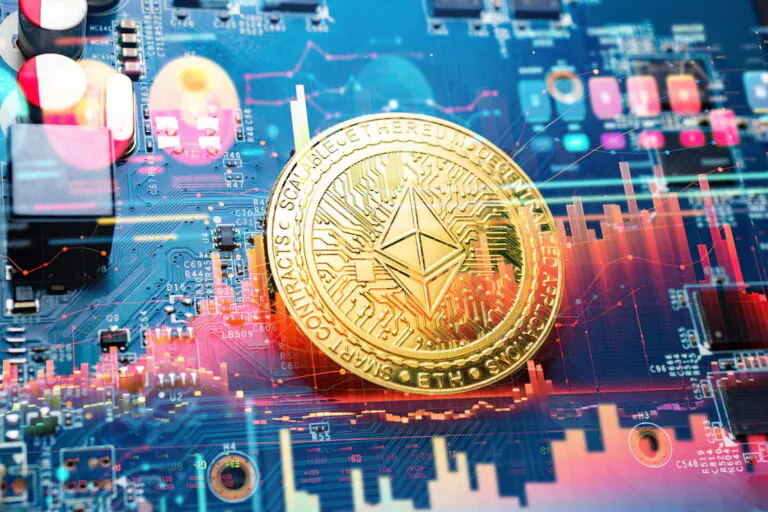Dogecoin (DOGE) with the image of a Shiba Inu dog called Kabosu as its logo, is one of the most popular and successful memecoins. It is considered an altcoin and was launched in December 2013.

Ethereum Staking Launch, Ripple Vulnerability, and US Stablecoin Regulation
On December 1, the launch of the zero phase of ETH 2.0 took place. The amount necessary for the launch was collected a week before the official event. The launch of ETH 2.0 will be an important stage in the development of the coin, which will significantly affect the project. Then more and more funds were received on the Ethereum 2.0 deposit contract – on December 4, the balance already exceeded 1 million ETH ($603 million). The second version of the Ethereum protocol has 23,000 active validators who earn about 16.5% per annum from staking, according to Staking Rewards.
Bitcoin's approach to its all-time high and the launch of Ethereum 2.0 phase zero have created record trading activity. Such conclusions were made by the Binance exchange in its report. The exchange's trading volume for November was $450 billion, and the highest-ever daily volume of $37 billion was in the Binance Futures derivatives market. Within a month, the capitalization of bitcoin rose to $350 billion and rose in price by 40%, while the Ethereum rate rose by 60%.
Trading volumes on bitcoin exchanges in November approached the record levels of December 2017 and amounted to $272 billion. The leaders among the exchanges were Binance, Coinbase and Kraken. On decentralized exchanges, volume decreased by 35% to $17.07 billion. 54.8% of trading activity occurred on Uniswap, the second largest exchange is Sushiswap.
Ripple took a wait-and-see attitude after the US elections. After the election of Joe Biden, Brad Garlinghouse cannot decide on a new jurisdiction to move from San Francisco to a country with more loyal regulation. He explains this by the uncertainty of further regulation of the cryptocurrency industry after the start of the administration of the new president. In addition, the uncertainty of the status of the XRP token scares off American customers, because the US Securities and Exchange Commission has not yet provided a specific answer, and until there is one, 95% of users are foreigners.
Researchers discovered a vulnerability in the Ripple consensus protocol itself. There is a possibility for double spending attacks, suspension of transaction processing, i.e. the blockchain provides "neither security nor viability". Experts note:
«We found that the Ripple protocol relies heavily on time synchronization, timely delivery of messages, having a fail-safe network, and a list of trusted nodes».
If at least one of these conditions is violated, faulty nodes appear, then the network performance will suffer significantly. Ripple CTO David Schwartz responded that the Bitcoin network is more unstable, and in the case of Ripple, it is enough to exclude a malicious node after an intrusion is detected.
RippleNet General Manager Ashish Birla expressed the opinion:
«I think the days have passed when people thought that only bitcoin would remain. It is absolutely clear that there will be a lot of digital currencies, and even more — tokenized traditional assets».
Birl believes that Bitcoin will not be able to become a full-fledged payment method, while XRP will open the doors to a high-speed and efficient global payment system, and the On-Demand Liquidity payment solution will be distributed worldwide.
Representatives of the US Democratic Party introduced a bill to regulate stablecoins in Congress. According to it, issuers will have to obtain banking licenses and regulatory approval. It will be mandatory to require FDIC insurance or maintain reserves to ensure quick conversion of funds into dollars. The document is designed to protect users from risks.
As Circle CEO Jeremy Allaire noted, this law is a “huge step backwards”, limiting the development of the industry, and ShapeShift director Eric Voorhees believes that the bill will force cryptocurrency companies to “act like banks.”
BitMEX stopped serving unverified users as of December 4th. Clients who have not passed verification cannot deposit and withdraw funds, as well as open and change positions. The verification procedure is still available, after passing it the restrictions will be lifted. Representatives of the exchange report that most users have already identified their accounts.
BitMEX decided to tighten verification in August, requiring the provision of an identity document, a selfie, proof of location, and disclosure of information about the source of funds
Start your crypto exchange with Coin24

Exchange BTC, ETH, USDT and more — cash or card

Secure and fast crypto exchange since 2018



